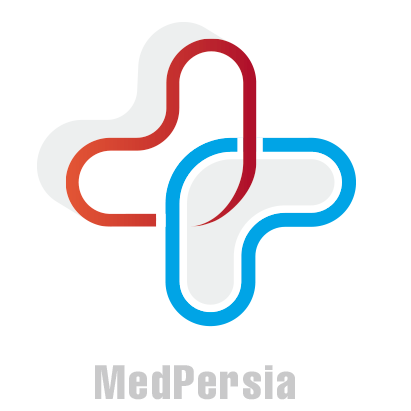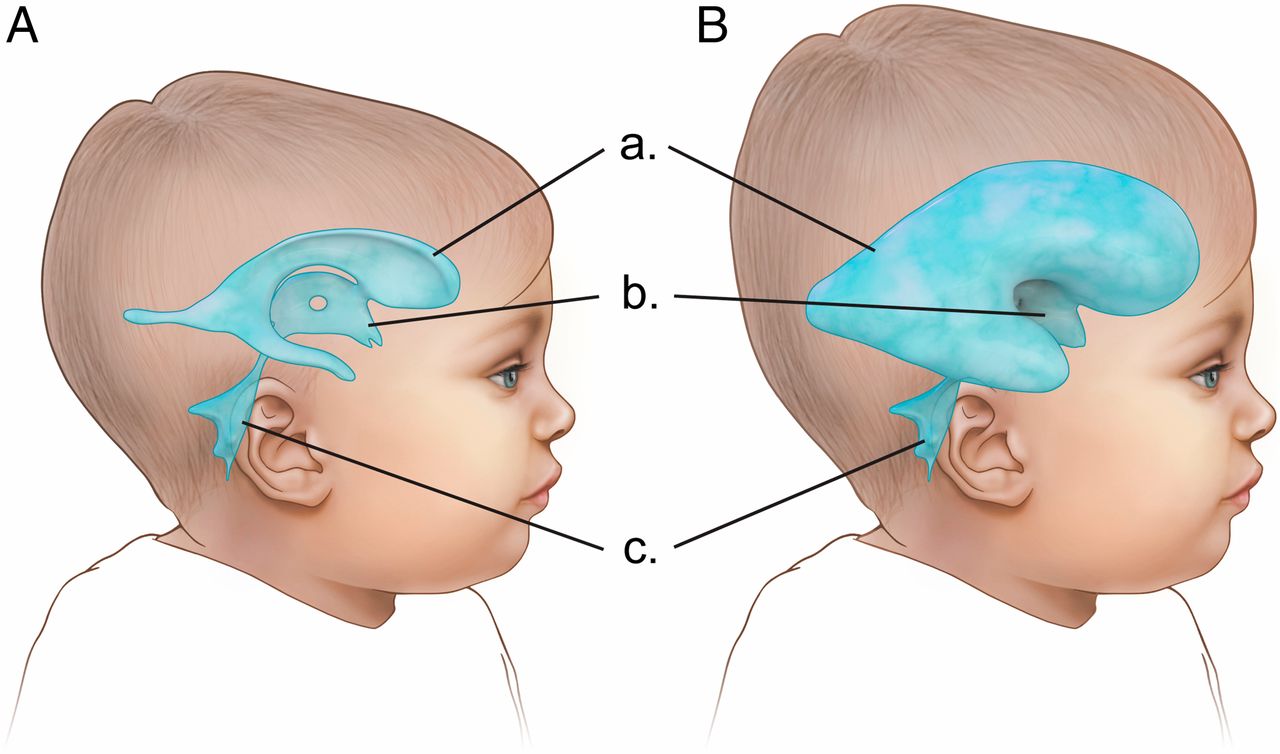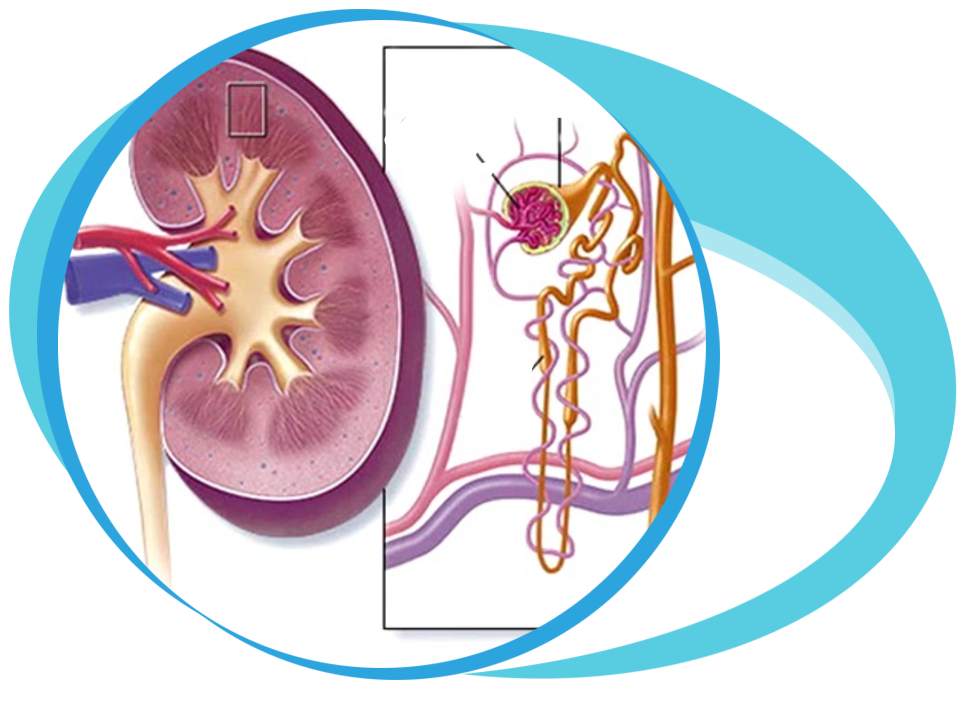Hydrocephalus Treatment in Iran Details
What is Hydrocephalus?
The word ‘Hydrocephalus’ is the condition where there is an abnormal enlargement of the brain ventricles (cavities) due to the accumulation of cerebrospinal fluid (CSF).
Cerebro-spinal fluid is a clear fluid absorbed by the brain.
This CSF circulates from the brain cavity system and thereafter from the subarachnoid space surrounding the spinal cord and brain.
CSF nourishes and protects both the spinal cord and brain. Damaged to the brain is caused if hydrocephalus is left untreated.
It has been seen that hydrocephalus is more common in infants and adults who are 60 or above.
According to some experts, normal pressure hydrocephalus accounts for 5-6% of all dementia cases.
Types of Hydrocephalus
Hydrocephalus can be categorized into the following types:
- Normal Pressure Hydrocephalus (NPH): This type of hydrocephalus is usually noticed in adults who are 60 or above.
NPH occurs when the amount of cerebrospinal fluid increases in the ventricles of the brain with no or little increase in the pressure within the head. - Communicating or Non-obstructive Hydrocephalus: This type of hydrocephalus occurs when there is insufficient cerebrospinal fluid absorption.
- Non-communicating or Obstructive Hydrocephalus: This type occurs when there is a blockage of cerebrospinal fluid in the ventricular system.
- Congenital Hydrocephalus: This type of hydrocephalus can occur due to environmental influences at the time of fetal development or also due to genetic factors.
It can develop either before or soon after birth.
Congenital causes in infants and adults
- Neurofibromatosis
- Congenital infections such as toxoplasmosis, cytomegalovirus and rubella.
- Aqueductal abnormalities
- Dandy-Walker syndrome: A condition where there is enlarged ventricle caused by obstruction in the pathway.
- Internal bleeding in the brain or hemorrhage
- Arteriovenous malformation such as vein of Galen
- Chiari malformations (type 1 and 2)
- Neural tube defects (NTDs) and Spina bifida
Acquired Causes in children and infants
- Malignant or benign brain tumors
- Infection such as cerebral abscess and bacterial meningitis
- Subarachnoid hemorrhage
- Leukemic infiltrates of CNS
- An increased venous sinus pressure associated with venous thrombosis, craniostenosis and achondroplasia
Symptoms of Hydrocephalus
Hydrocephalus symptoms depend upon the stage of hydrocephalus condition and the age of the child at the time of diagnosis.
Symptoms in Older Children
- Urinary incontinence
- Severe headaches associated with vomiting and nausea
- Sleepiness or chronic lethargy
- Sudden changes in personality
- Difficulty in focusing and remembering
- Poor physical coordination
- Double or blurred vision
- Problems with balance
- Difficulty in walking or standing
- Halted or slow development progress in reasoning and speech.
- Bouts of irritability with no specific reason
- Difficulty in looking upward when the head is facing forward
- Swelling of the Optic disc in the optic nerve of the eye
Symptoms in Infants
- Unexplained seizures
- Unusual large head size
- Severe and frequent episodes of vomiting
- A sudden increase in the head size
- Unable to look upward while the head is facing forward
Treatment for Hydrocephalus
The treatment for hydrocephalus depends upon the underlying cause. However, the treatment includes the followings:
Wait and see approach: When hydrocephalus is found by accident like at the time of MRI or CT scan examination done for some other problem and is not resulting in any symptoms.
In this case there is a treatment for hydrocephalus.
Only careful examination and monitoring is required.
Medication: For instance, at the time of infection antibiotics are given. Surgery is required for clearing up the infection when it do not resolve the hydrocephalus.
Surgery: The surgical procedure for hydrocephalus can remove the cause of the blockage.
When there is a condition of temporary hydrocephalus, a surgeon may insert a small catheter to enable the fluid to drain out while the original cause such as bleeding has time to resolve.
In the case of congenital hydrocephalus, a shunt (a permanent tube) is inserted to drain out the excess fluid.
Shunt Operation for Hydrocephalus
Shunt insertion procedure is considered as the most common surgical procedure for treating hydrocephalus (fluid on the brain).
A shunt is basically a device which helps in diverting fluid from the brain into the abdominal cavity and it absorbs there safely into the blood stream.
The shunt procedure is performed in the same way in adults, infants and children.
During ventricular shunt surgery, a shunt (a thin tube) is implanted inside the brain.
The excess CSF in the brain travels from this shunt to another body part generally in the abdomen.
The fluid is then absorbed in the blood stream. In order to control the CSF flow, there is a valve within the shunt.
This valve also ensures that the fluid do not drain rapidly.
Cost of Hydrocephalus Surgery
Iran is known all the world for its low cost and excellent medical health care services. The treatment for hydrocephalus in Iran is very cost-effective. The level of care is equal as compared to other developed countries of the world.













